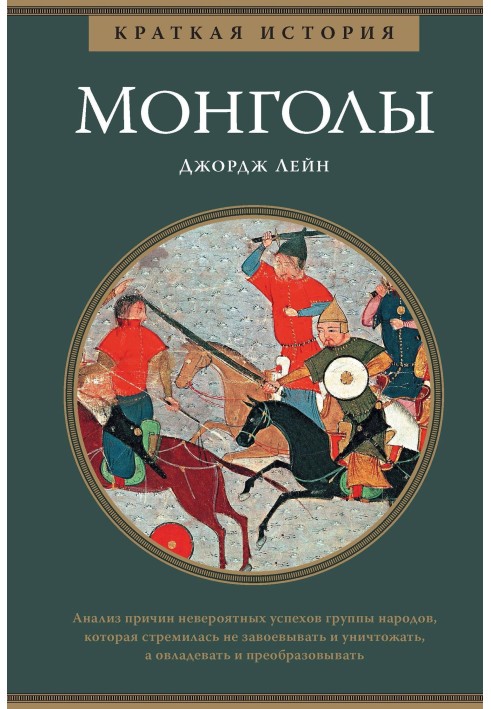Short story. Mongols
 Instant download
Instant download
after payment (24/7)
 Wide range of formats
Wide range of formats
(for all gadgets)
 Full book
Full book
(including for Apple and Android)
At its height, the Mongol Empire, formed in the 13th century as a result of the conquests of Genghis Khan and his successors, included the largest single state territory ever to exist, stretching from Eastern Europe to the Sea of Japan and from Russian Novgorod to the South East Asia. A brief summary of the history of the Mongol Empire covers the period from the birth between 1155 and 1162 of Temujin (the future Genghis Khan), who subsequently founded a unified Mongol state, to the last quarter of the 14th century, marked by the fall of the Mongol Empire and the defeat of the Mongol Yuan Empire in China. It also touches on the very beginning of the 16th century, when Tabriz was captured by Ismail I, the founder of the Safavid dynasty, which put an end to the existence of the Turkoman state of Ak-Koyunlu. The Mongol Empire is shown in the book as a complex, civilized and resilient state that had a lasting and multifaceted impact on the surrounding lands. The presentation weaves together various historical, political and cultural threads to create a coherent picture designed to show how and why Genghis Khan and his successors achieved such incredible success. An excellent example of the genre of academic history, the book is equipped with black and white illustrations and valuable appendices: maps, time a scale, a list of personalities, a glossary, and the bibliography is a real historiographical study. It will be useful for students of higher educational institutions and their teachers, as well as for everyone interested in the history of Central Asia.
Data sheet
- Name of the Author
- Джордж Лейн
- Language
- Russian
- Translator
- Тимур Сафин











